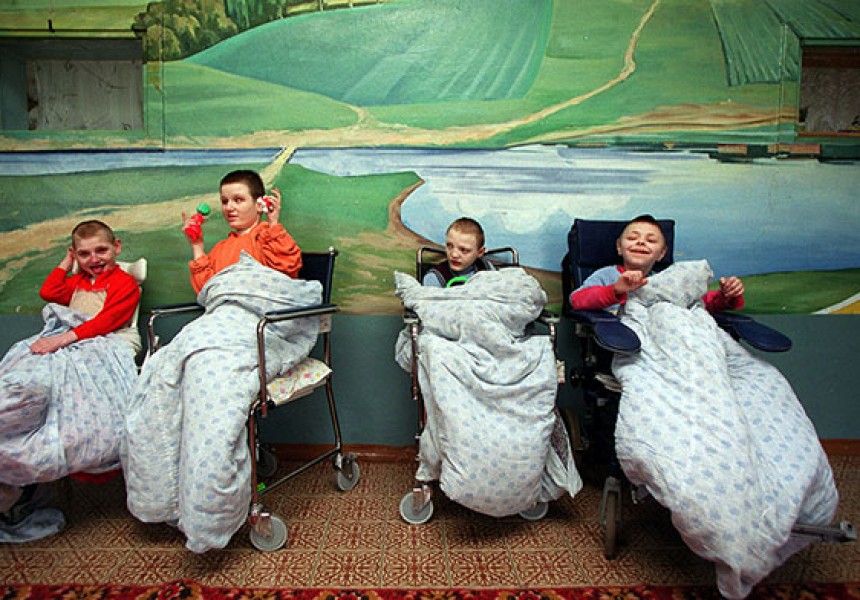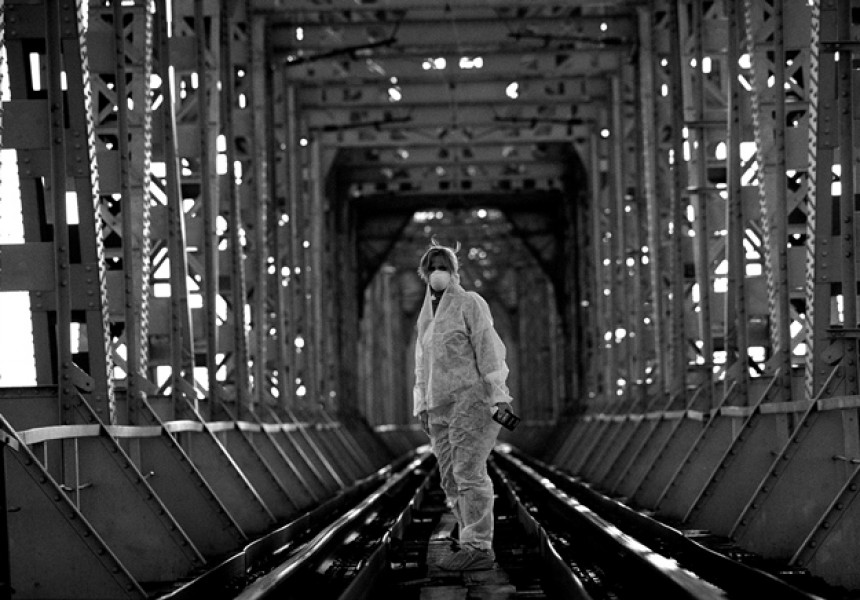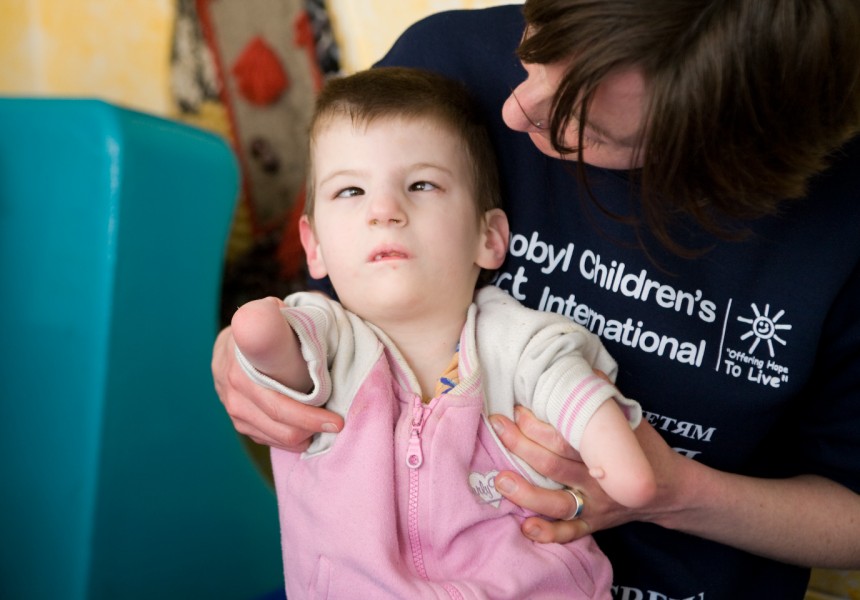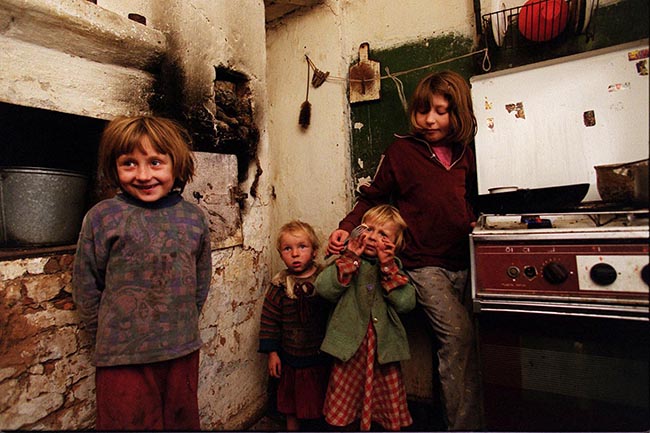MORE THAN 1 MILLION CHILDREN CONTINUE TO LIVE IN CONTAMINATED ZONES
The impact of Chernobyl, over 35 years on, is a constant reminder of how fragile and precarious life has become. The Chernobyl explosion was the biggest nuclear catastrophe of the 20th century. Radioactive wastes with half–lives lasting tens of thousands of years continue to poison the environment and affect genetics of the people who must live within it.
About
CHERNOBYL
It’s hard for the rest of the world to imagine the devastation this disaster has visited on the people, the children and the land. Because of the unprecedented scale of the accident, even scientists and subject experts can’t predict what the future holds for those who live in the shadow of Chernobyl.
The facts and figures listed below can’t capture the misery and anguish that the people of Belarus, Western Russia and Ukraine experience in the aftermath of the explosion, but they offer a sense of the incredible magnitude of the challenges these communities face.
Chernobyl
MELTDOWN
- The accident released radiation 200 times greater than that released by both atomic bombs dropped on Hiroshima and Nagasaki.
- Only 3% of the reactor’s lethal material was expelled in the initial accident in 1986, leaving 97% within the unstable sarcophagus. It remains a “ticking time bomb”.
- 70% of the radiation fell onto the population of Belarus, affecting seven million people.
- Scientists feared that a further explosion could occur, producing a force of three to five megatons, and exposing the whole of Europe to enormous radioactive contamination.
- 700,000 men, known as liquidators, risked their lives and exposed themselves to dangerous levels of radiation to contain the situation.
- At least 40,000 of these men have died and a further 70,000 are disabled. Twenty percent of these deaths were suicides.
- The first phase in the battle to contain the damage done by the Chernobyl disaster is the construction of a new Chernobyl Sarcophagus. The structure that was built to secure reactor number 4 in the wake of the explosion – the unstable Chernobyl sarcophagus is perilously close to collapse. The new structure being built will secure the reactor for 100 years but the half-life of some of the most dangerous radioactive elements housed within the reactors core have life spans of up to 24,400 years.
- Phase two of this plan is to dismantle the reactor and the safe disposal of over 200 tons of radioactive material still rumbling inside the exploded reactor. The clean-up of the material has yet to begin and could take many years to come. The cost of the new sarcophagus and clean up is €1.5 billion so far.
Chernobyl
ENVIRONMENT
- 99% of the land of Belarus was contaminated in 1986.
- 2,000 towns and villages were evacuated, and more than 400,000 people have been relocated from their homes since 1986. Decades later, another 70,000 are still waiting to evacuate.
- The exclusion zone, known as “Death Valley” or “The Zone of Alienation” remains the worlds most contaminated land.
- Some of the contaminants infecting the soil and air, such as plutonium, have a half-life of 24,400 years.
- The contamination of the land remains the biggest health threat as caesium 137 finds its way via the food chain into the human body. Professor Yuri Bandashevsky Prof. MD. PhD in Nuclear Medicine Specialist at the Ivankova Hospital in the Ukraine, states that there should be no caesium in the body or should there be no question of temporary or acceptable levels.
- “Any dose is an over dose of caesium 137, there should be no question of acceptable levels in the body”, Professor Yuri Bandashevsky.
SEE MORE
Chernobyl
ECONOMY
- The cost of the Chernobyl blast and its consequences is being carried by the survivors and will be handed down to their children for generations.
- The Chernobyl disaster costs Belarus 20% of its annual national budget.
It is estimated that the fallout from the disaster will cost Belarus $235 billion.
- 1.7 million live in poverty, and 178,000 of these live in ‘extreme poverty’ (less than half of the minimum subsistence levels).
- Children are the poorest sector of the population, facing 1.5 times greater risk of poverty than the average level across the country.
- Two million people in Belarus, of whom 500,000 are children are high-risk, still live in heavily contaminated zones.Continuing low dose exposure through the food chain remains a huge risk for the populations: Some areas of land will be radioactive for 24,000 years, as much as 1 million hectares cannot be farmed for 100 years.



